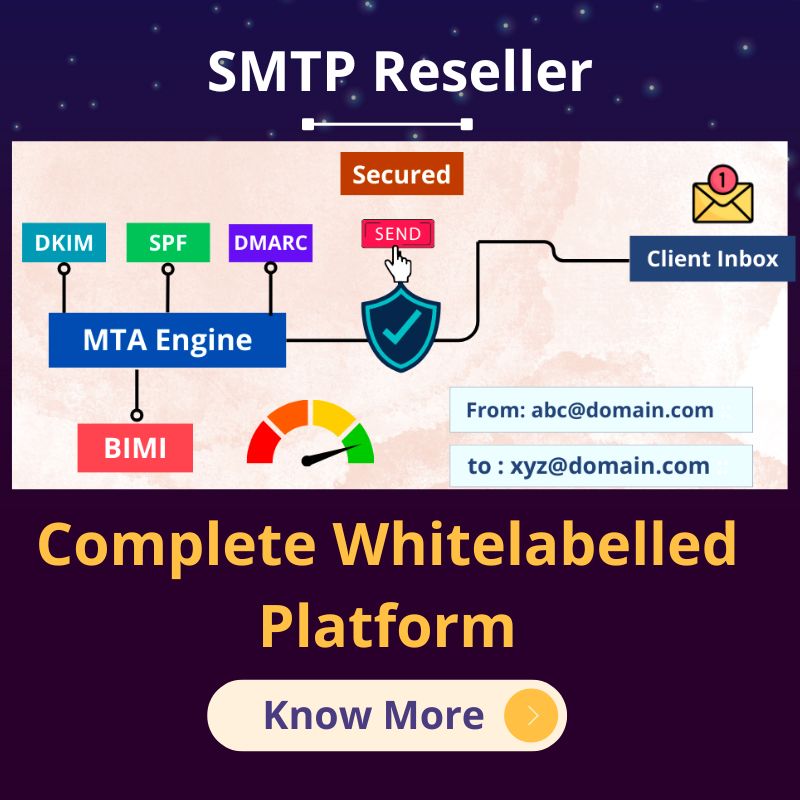Open Rate of Email in Email Marketing, when you run an email campaign to give information about your business’s products or service, you send more than 100 emails a day. So there are some of those customers who do not open the email, there are some who open but do not click on the inside link, some click on the inside link.

How can we measure the open rate of email? Here is a formula that will help you measure the open rate
Open Rate= Email Open/ EmailSent – Bounces * 100
Here we take an example to easily understand the email open rate formula in Email Marketing
We have 100 total email addresses, sent mail on all 100 subscribers, 50 subscribers open the email, and 10 mail bounce. So now we calculate the open rate of emails. Put all the figures in the formula.
50/100-10*100
Open Rate= 55%
Therefore, the open rate of email is 55% and it considered the average rate.
Why People Not Open Email?
- Email Address is not correct.
- Email is Not relevant.
- Email Subject Line is not catchy.
- An email has gone to either the social or promotion section for some reason and has not gone to the primary section.
- The content of the e-mail is not so good that the customers are interested in reading it and they click on the link inside.
- Segmentation is not proper like if a person wants information about traveling and you provide information on education-related stuff.
- Sometimes the server also has a problem, that if there is too much load on the server, it does not send mail to everyone.
How do We improve?
- The subject line should be attractive and interesting, where people open their mail and read the subject line and open that mail.
- Use Appropriate pre-header text summary in email, So that on reading that pre-header summary, the user will understand what in this email and open the email and see.
- The name of the sender and sender email should also be there
- Relevant data should always be sent, and send email to people who are interested.
- Segmentation Of Subscribers .i.e. We have an email address of 10 people, and 2 of them are interested in getting information related to Facebook, and 4 are interested in Instagram information. So Facebook-related email will be sent to Facebook users and Instagram related email will be sent to Instagram users.
If you want to run your Email Marketing Automation Campaign and grow your small business slowly. You may Check Mailcot and Migomail



